Spring Creek Forest Preserve: Dallas County, TX
Photo courtesy of Liz Worsham
Nestled in between a shopping center, George Bush Highway, and suburban homes, you’ll find a true gem hiding in the Spring Creek Forest Preserve in Garland, Texas. One of the Dallas-Ft. Worth Metroplex’s many communities, Garland plays host to its own forest filled with mature and old-growth trees. Situated on either side of Spring Creek, the Preserve offers visitors with bountiful recreation and wellness activities, from hiking and biking, to bird watching and meditation, everyone will be able to find something special about this unique and tranquil park.
The Preserve encompasses around 100 acres of protected forest and other ecosystems and it split into three distinct areas that follow the larger Spring Creek Greenbelt. The original section lays east of Holford Road contains some truly spectacular examples of bottomland hardwood old-growth forests, which include some of the tallest and oldest trees recorded in Dallas County. Each section of the larger preserve complex has several trails of its own, some paved with natural materials and some paved with concrete that are ADA accessible. Any trail you choose will be sure to lead you through impressive landscapes, including the old-growth bottomland hardwood forests, a prime example of a limestone prairie, complete with a wide variety of wildflowers, and riparian hardwood forests. The dominant tree species in the forest include shumard oak, chinkapin oak, bur oak, and pecan, with smaller quantities of American elm, slippery elm, American ash, green ash, hackberry, and black walnut.
Photo courtesy of Liz Worsham
This section of Garland and Dallas County belong to the Blackland Prairie ecoregion- one of two remaining islands of this once prolific ecosystem that stretched from the Red River in North Texas to south of San Antonio. Named for its distinctive, rich black soil, the Blackland Prairie ecoregion supports a wide variety of native grasses such a big and little bluestem, tall dropseed, sideoats grama, and a wide variety of wildflowers.
This ecoregion also contains many riparian bottomland regions, which is also the case for the Spring Creek Forest Preserve. Historically, this region was a vital area for first nation and indigenous peoples, including the Tawakoni, Jumanos, Wichita, and Kiikaapoi peoples. For time immemorial, these tribes stewarded the land to gather what they needed from it for shelter and sustenance. Tribes regularly performed controlled burns in the area to produce more favorable conditions to hunt large game, like bison and deer. Unfortunately, much of this unique ecosystem quickly disappeared once western settlers started colonizing the area, a trend that has continued to modern times. Today, only a few prairie remnants remain intact under conservation management plans.
The Spring Creek Forest Preserve wouldn’t exist today without the enormous support and benefit that comes from the Preservation Society for Spring Creek Forest, a nonprofit group of volunteers who have maintained and advocated for the preserve since 1989. The Society schedules regular nature walks and other educational sessions for community members, in addition to providing online resources, trail monitoring, a nest box program, and much more. We would like to offer our enormous thanks to the Society for protecting such a jewel of a forest and for all their hard work in bringing the forest into the Old-Growth Forest Network.
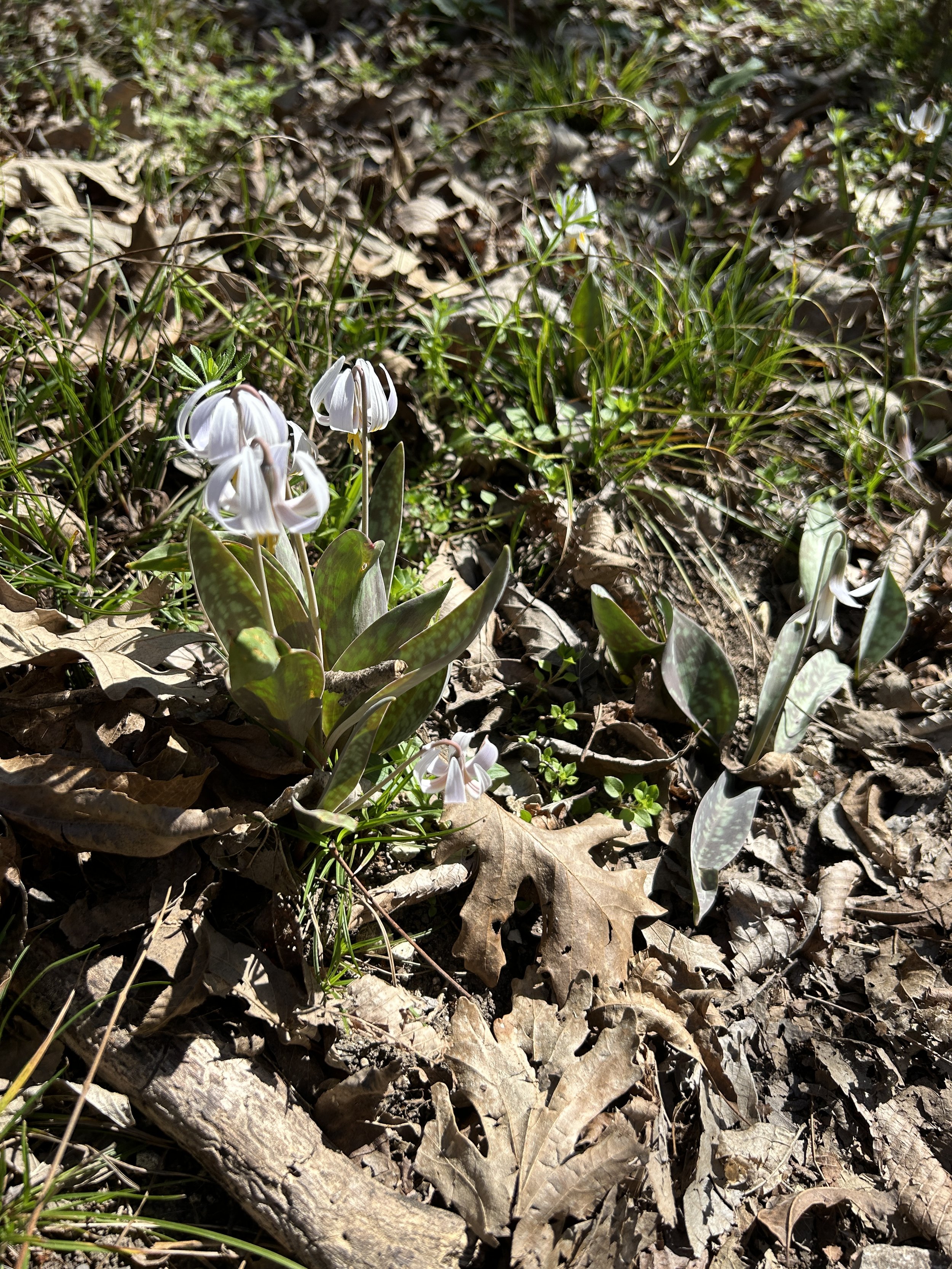

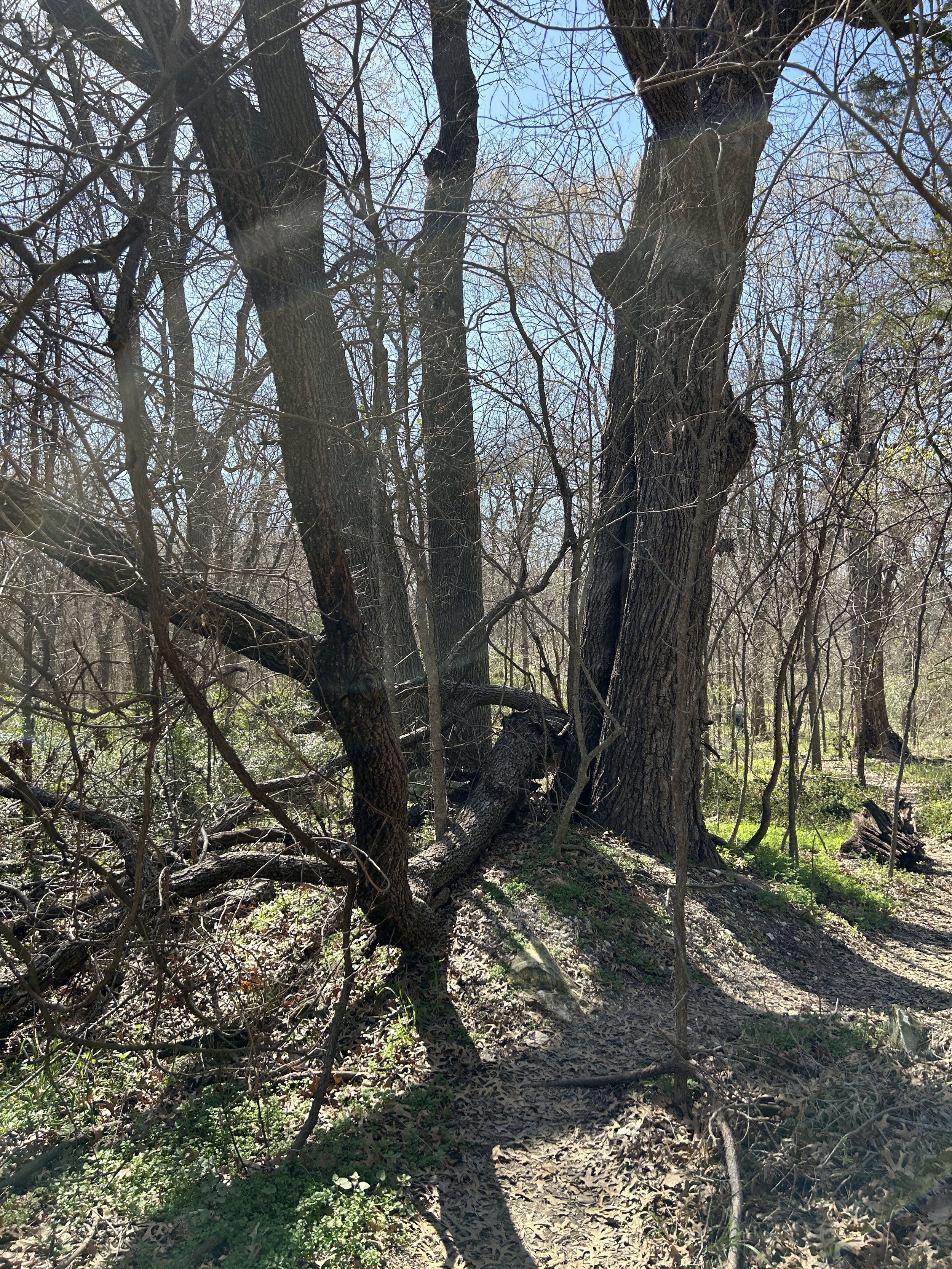
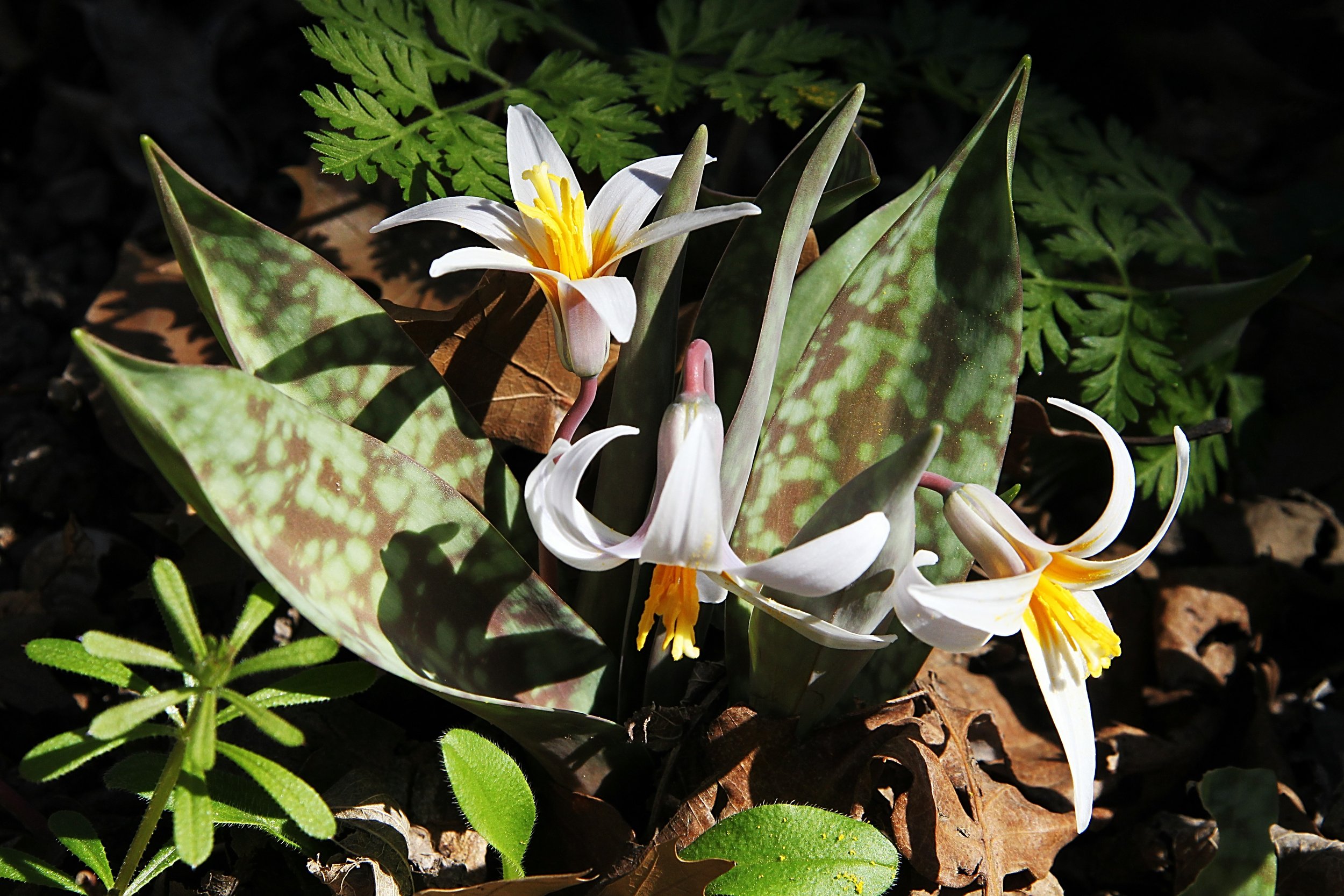
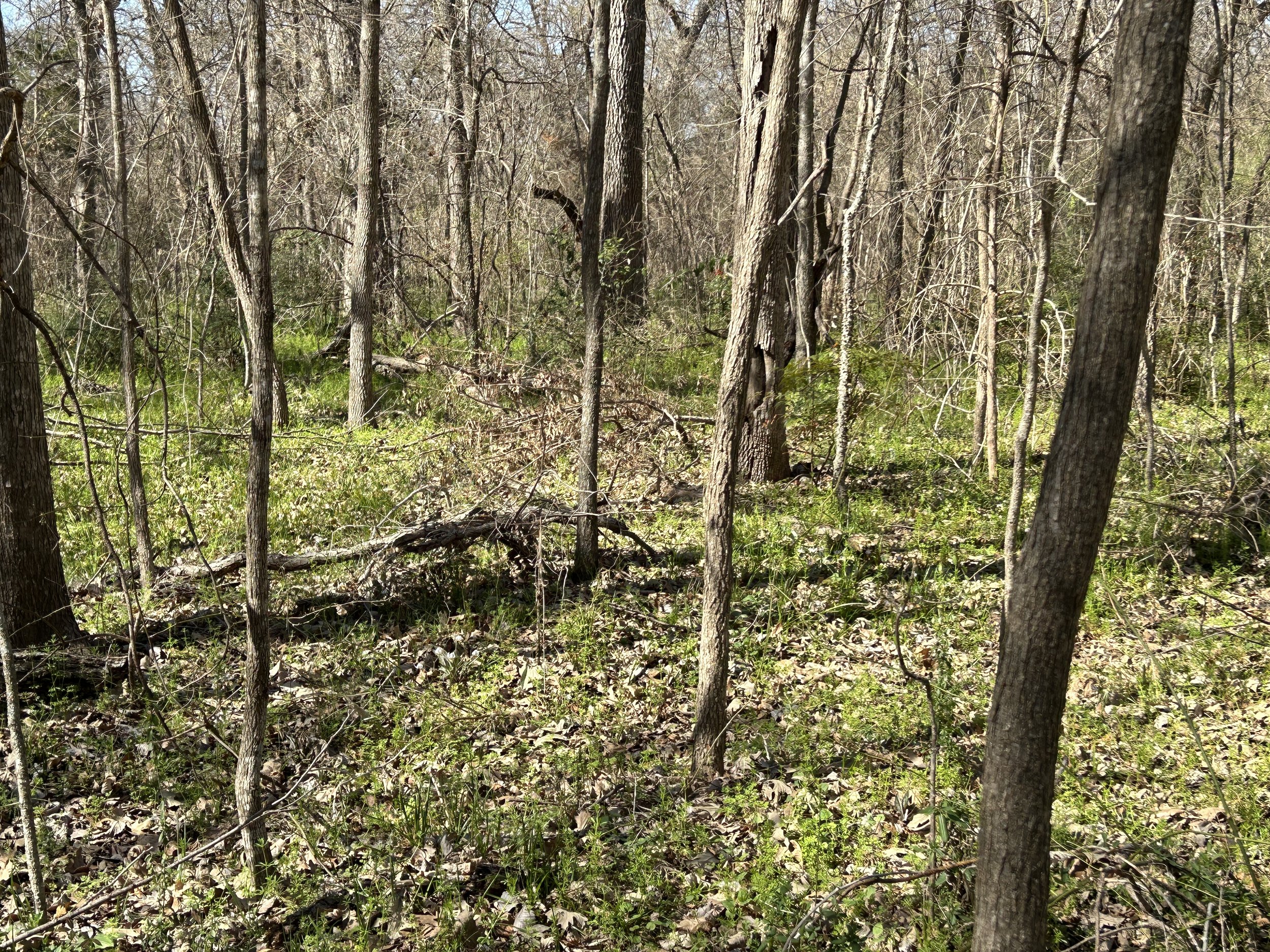
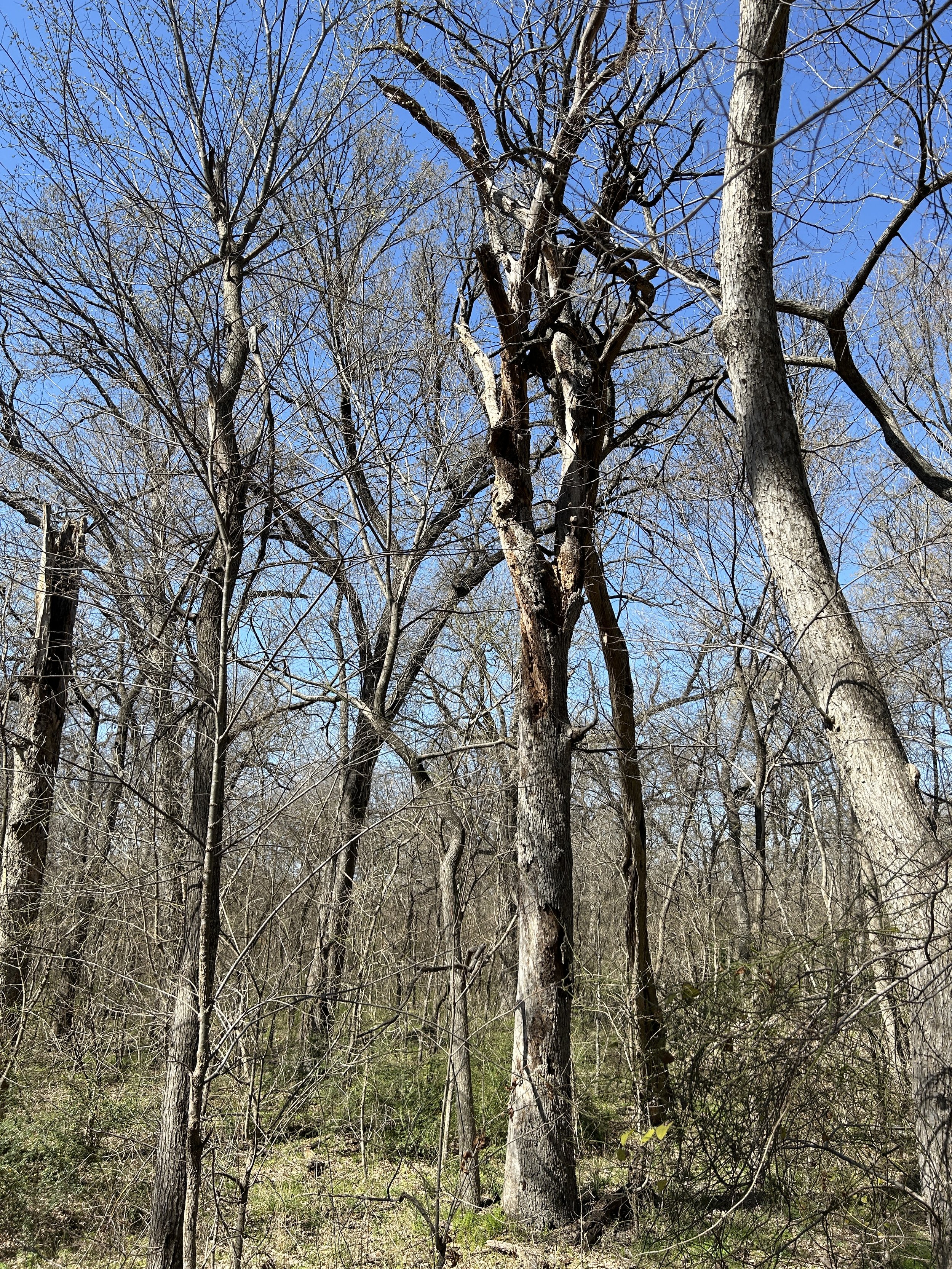
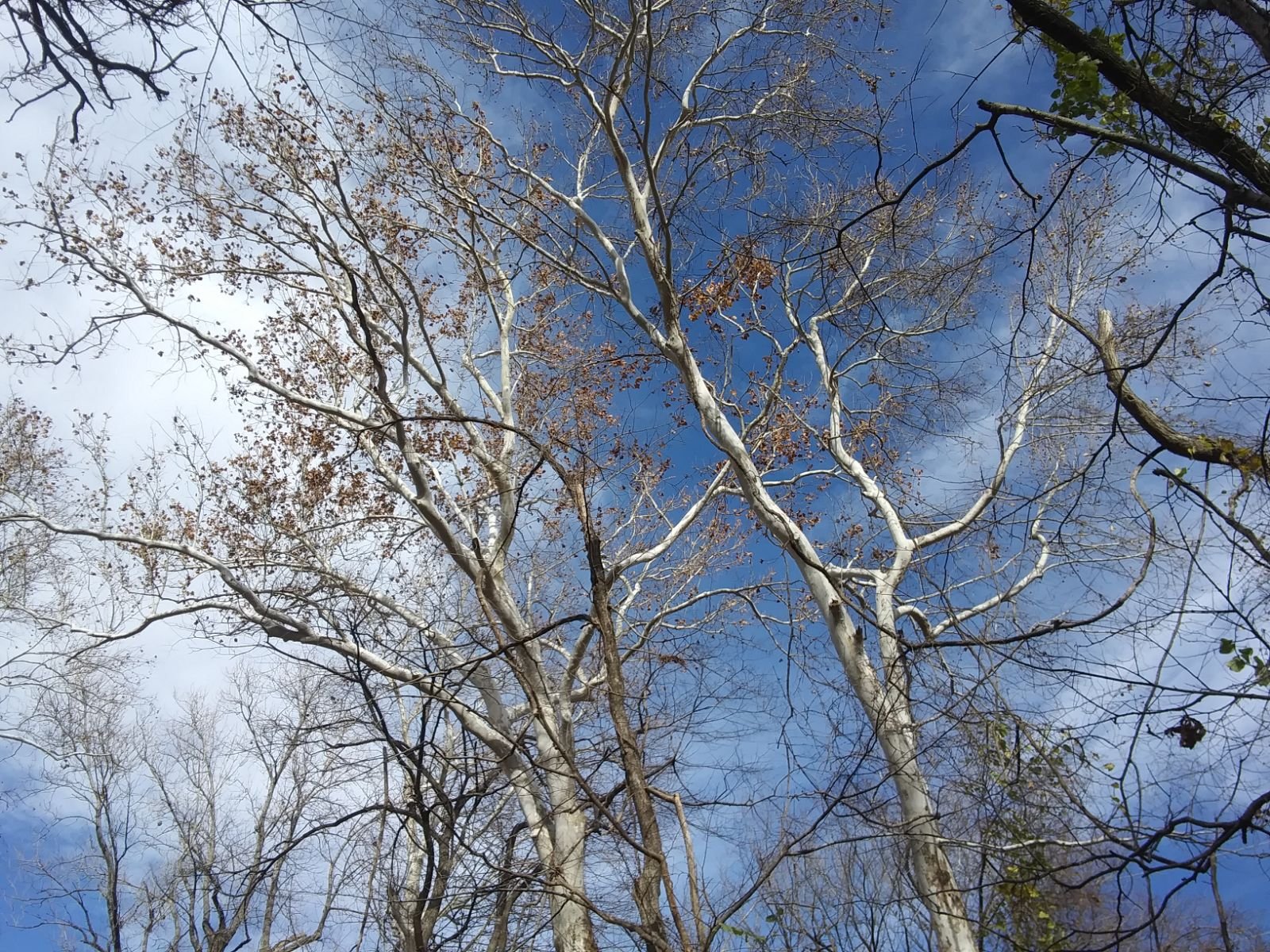
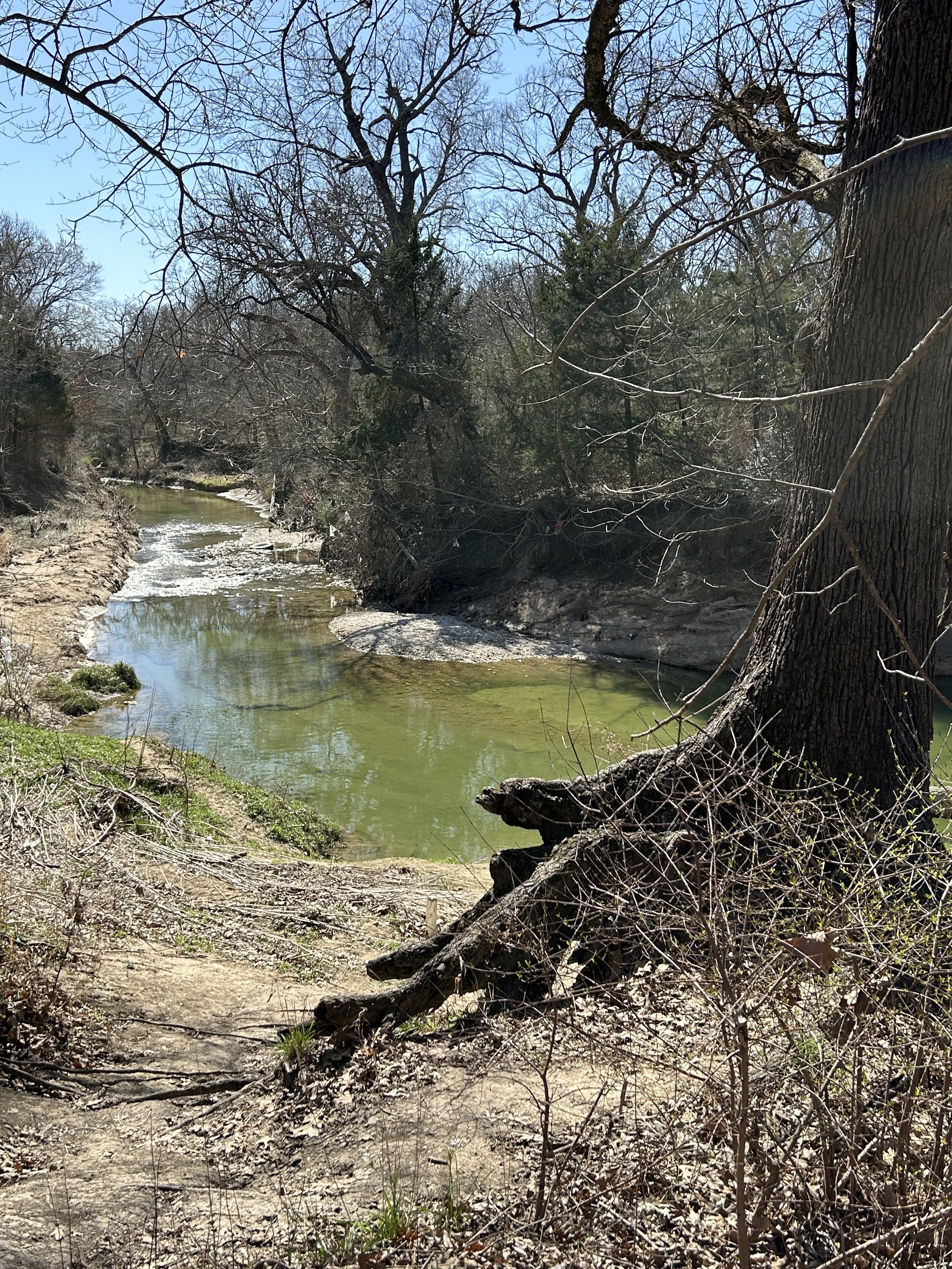
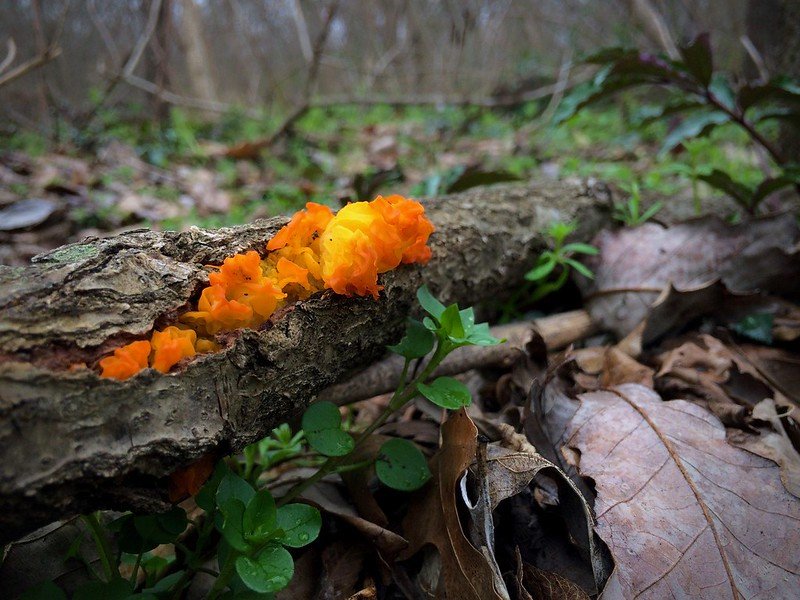
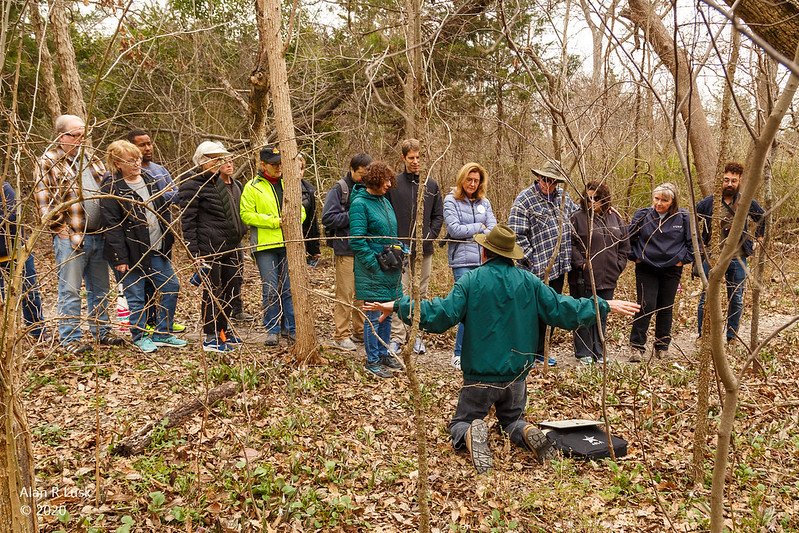


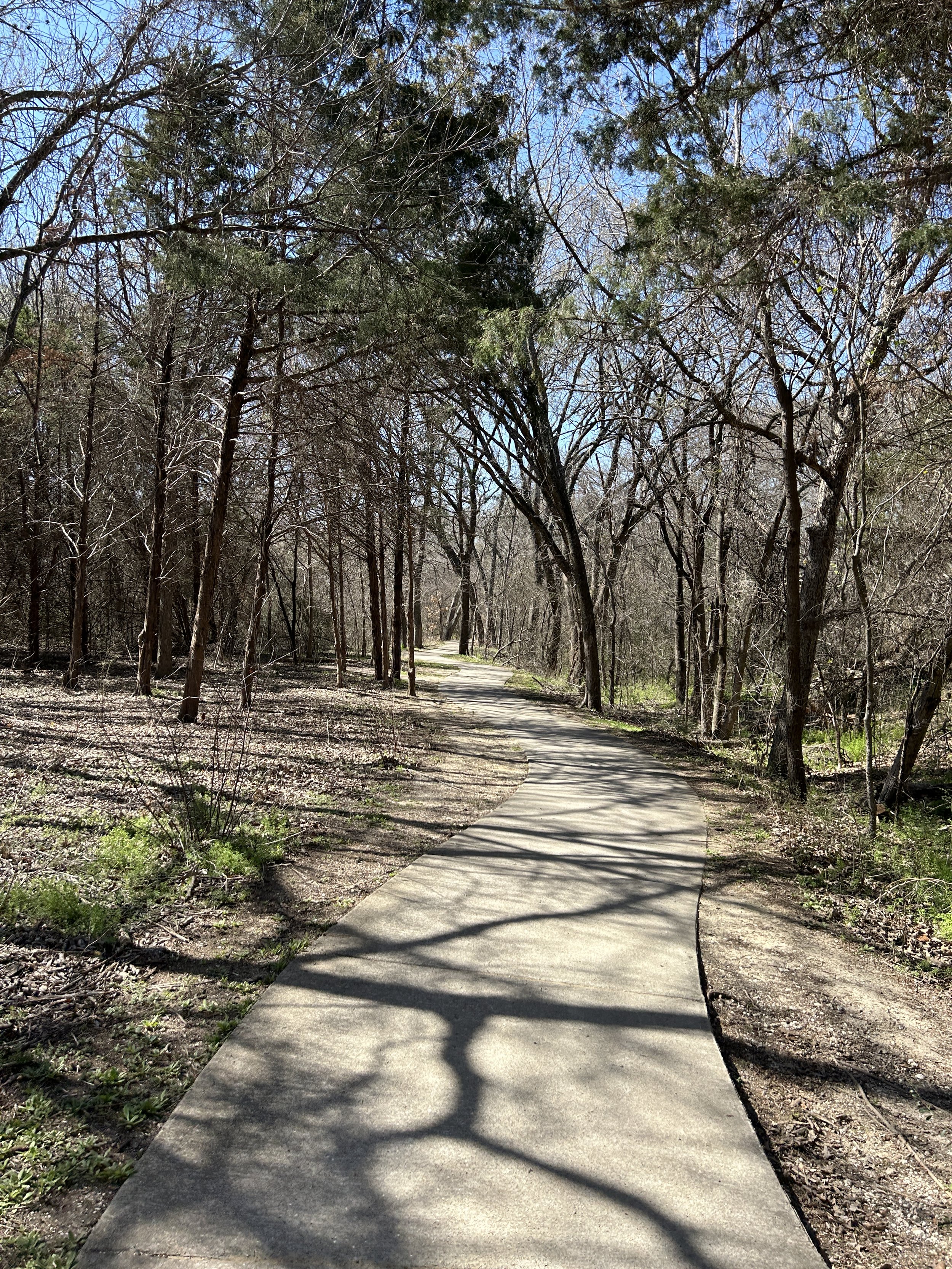
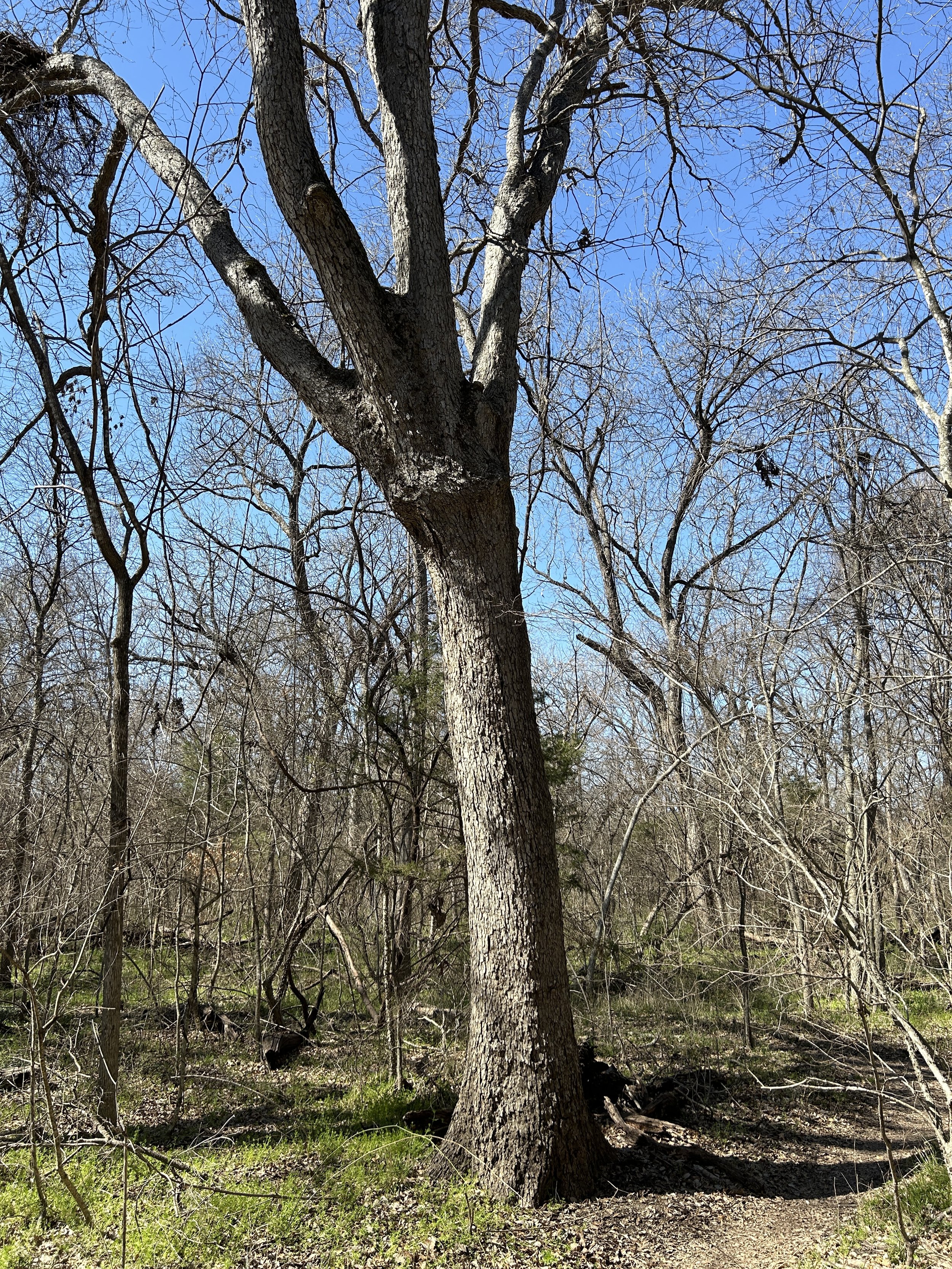
Additional Resources
The Preservation Society for Spring Creek Forest: https://springcreekforest.org
Native Prairies Association of Texas: https://texasprairie.org/about-the-blackland-prairie/
Texas Parks and Wildlife: https://tpwd.texas.gov/wildlife/wildlife-diversity/wildscapes/wildscapes-plant-guidance-by-ecoregion/the-blackland-prairies/



